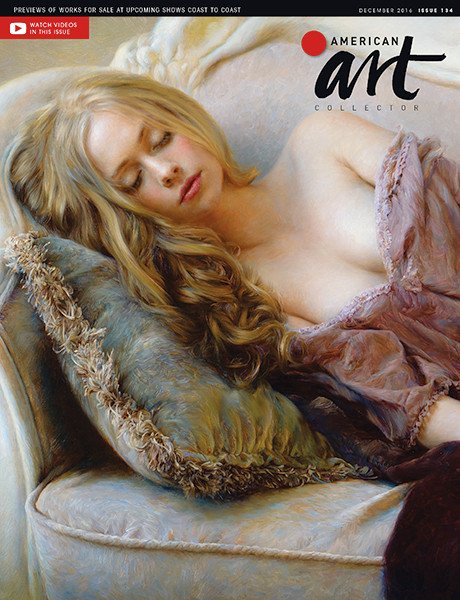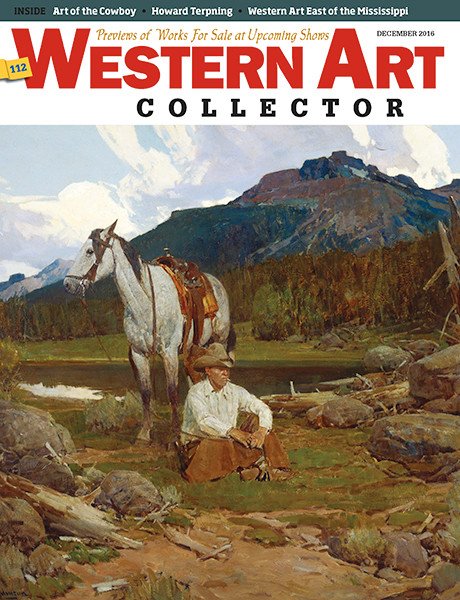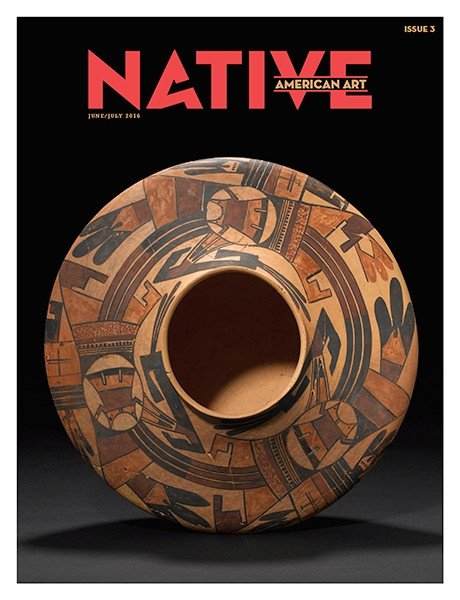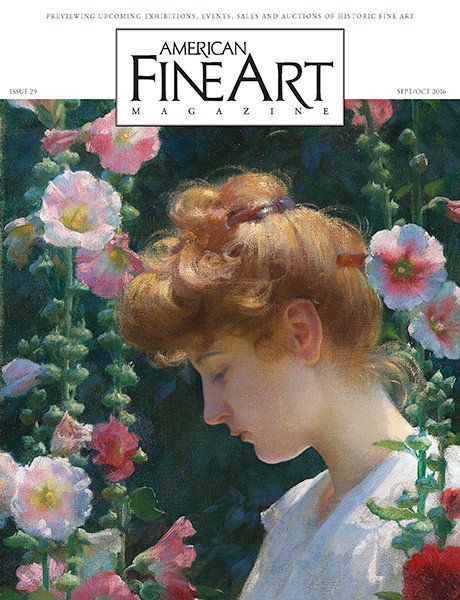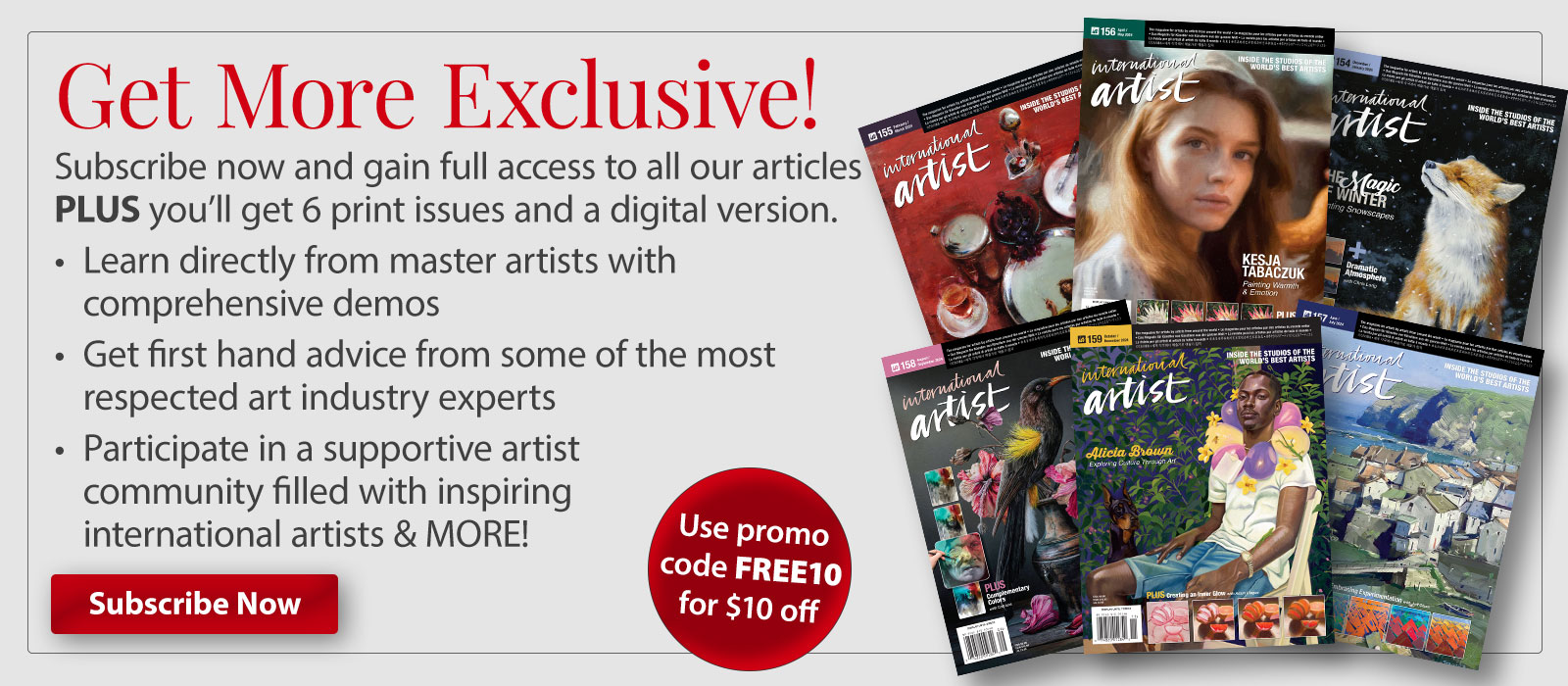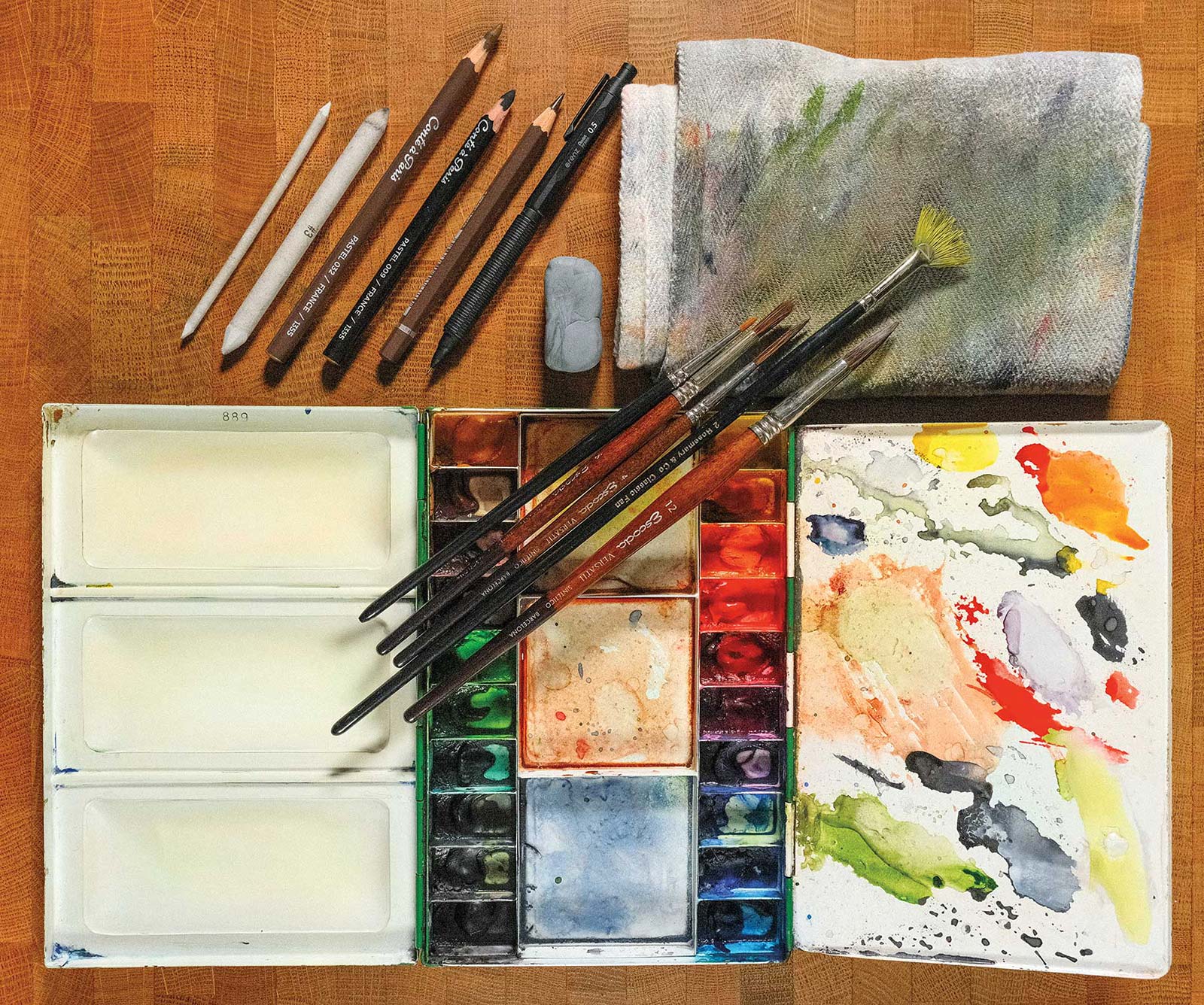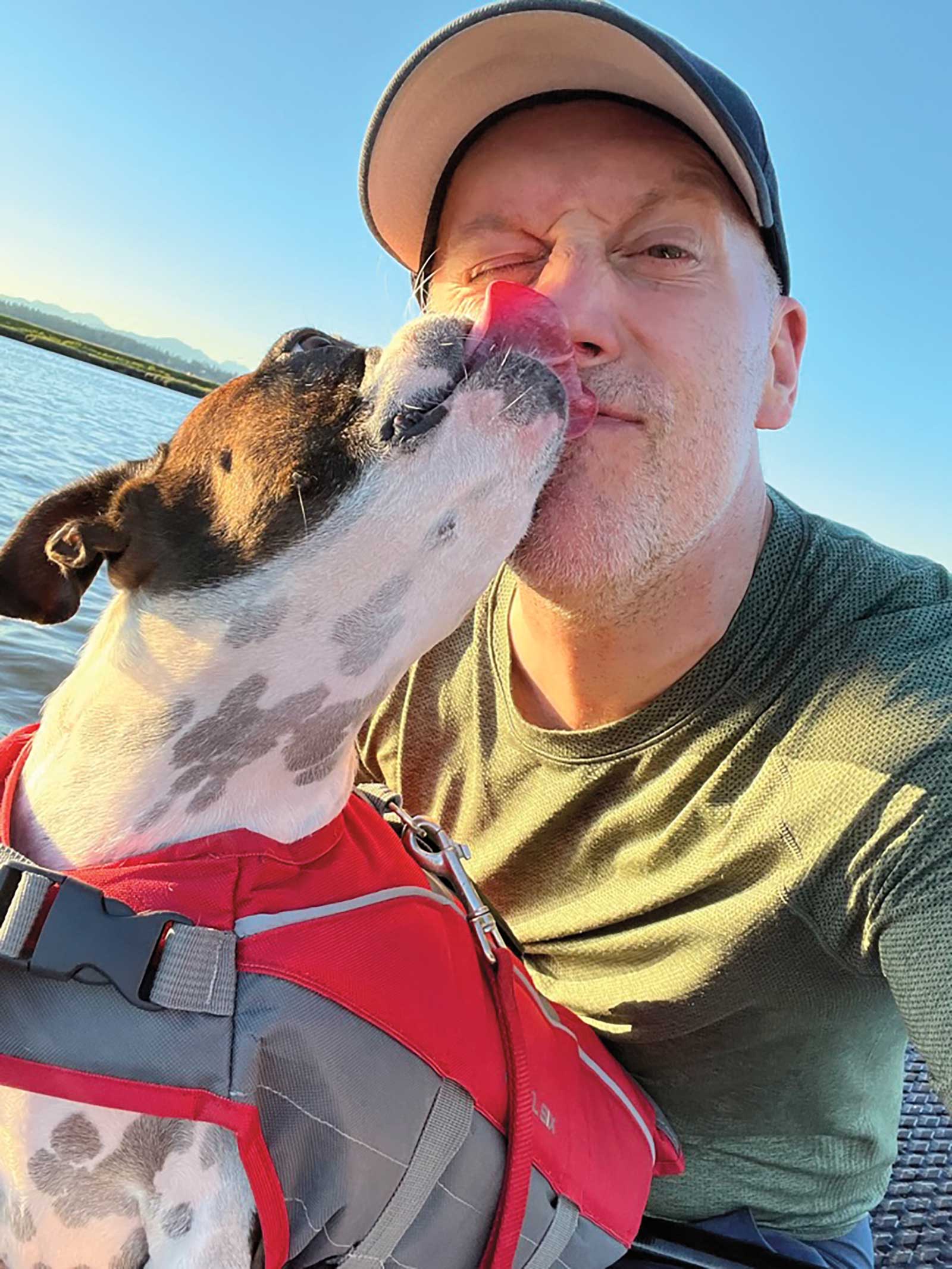In the delicate dance between precision and creative freedom is the heart of my watercolor practice. Through my current series exploring avian subjects, I orchestrate an intricate interplay between fluid, expressive wet-in-wet techniques and carefully rendered details. This approach manifests in pieces that simultaneously capture both the ethereal spirit and physical presence of birds in their natural state.
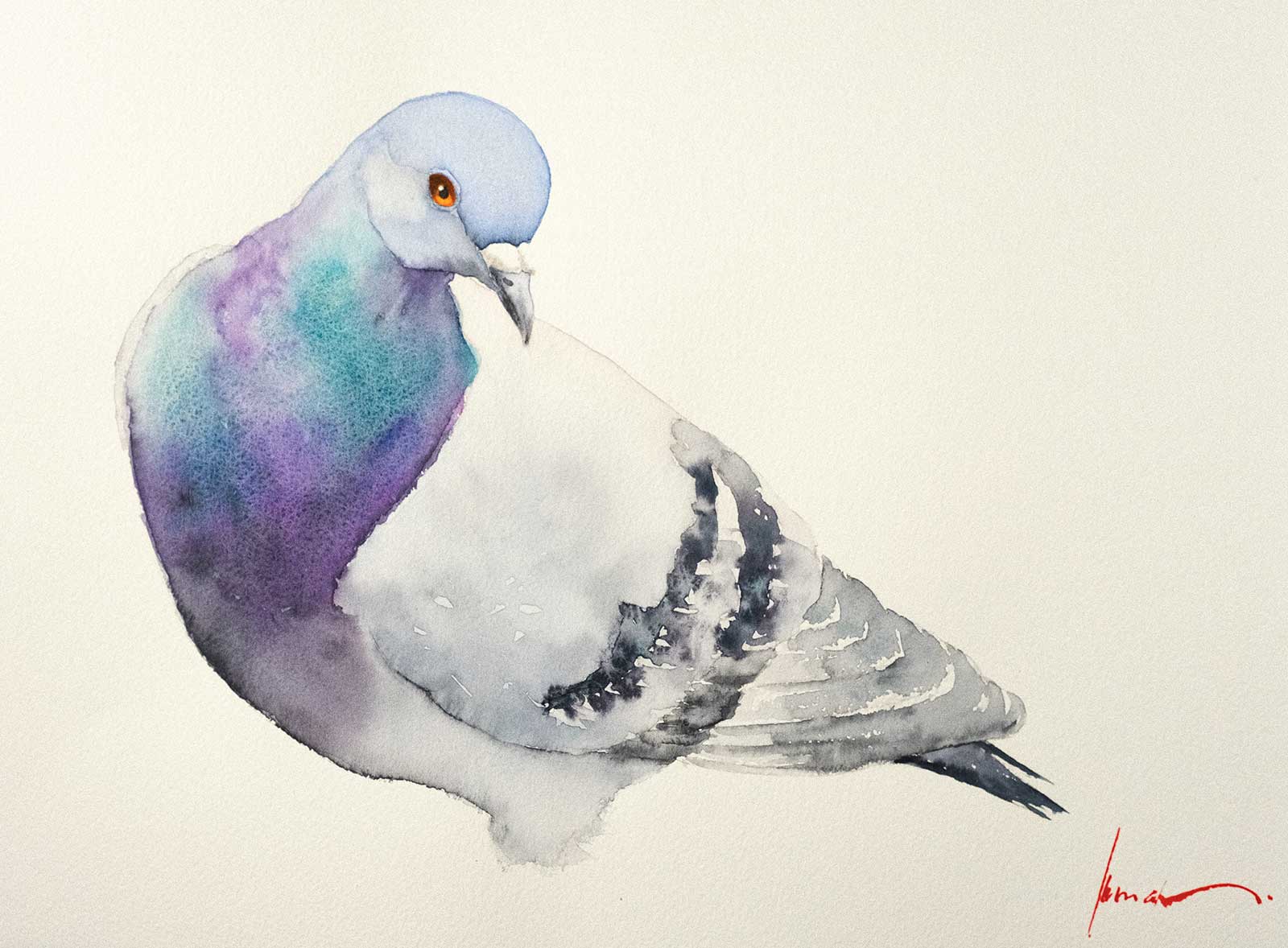
Rock Pigeon, watercolor, 11 x 15” (27 x 38 cm)
My creative journey begins with preliminary groundwork: a whisper-light pencil sketch establishes the foundational form. This initial framework is largely lifted away, making space for a more nuanced line drawing executed in watercolor pencil. I embrace the traditional light-to-dark progression, employing wet-in-wet techniques that allow colors to merge and transform. As pigments intermingle naturally, they create subtle gradients and unexpected chromatic harmonies that evoke the delicate texture of feathers and capture the ever-shifting play of light across plumage. This technique demands precise timing and an intimate understanding of the relationship between water and pigment—excessive moisture can lead to uncontrolled bleeding, while insufficient water inhibits the desired fusion of colors.
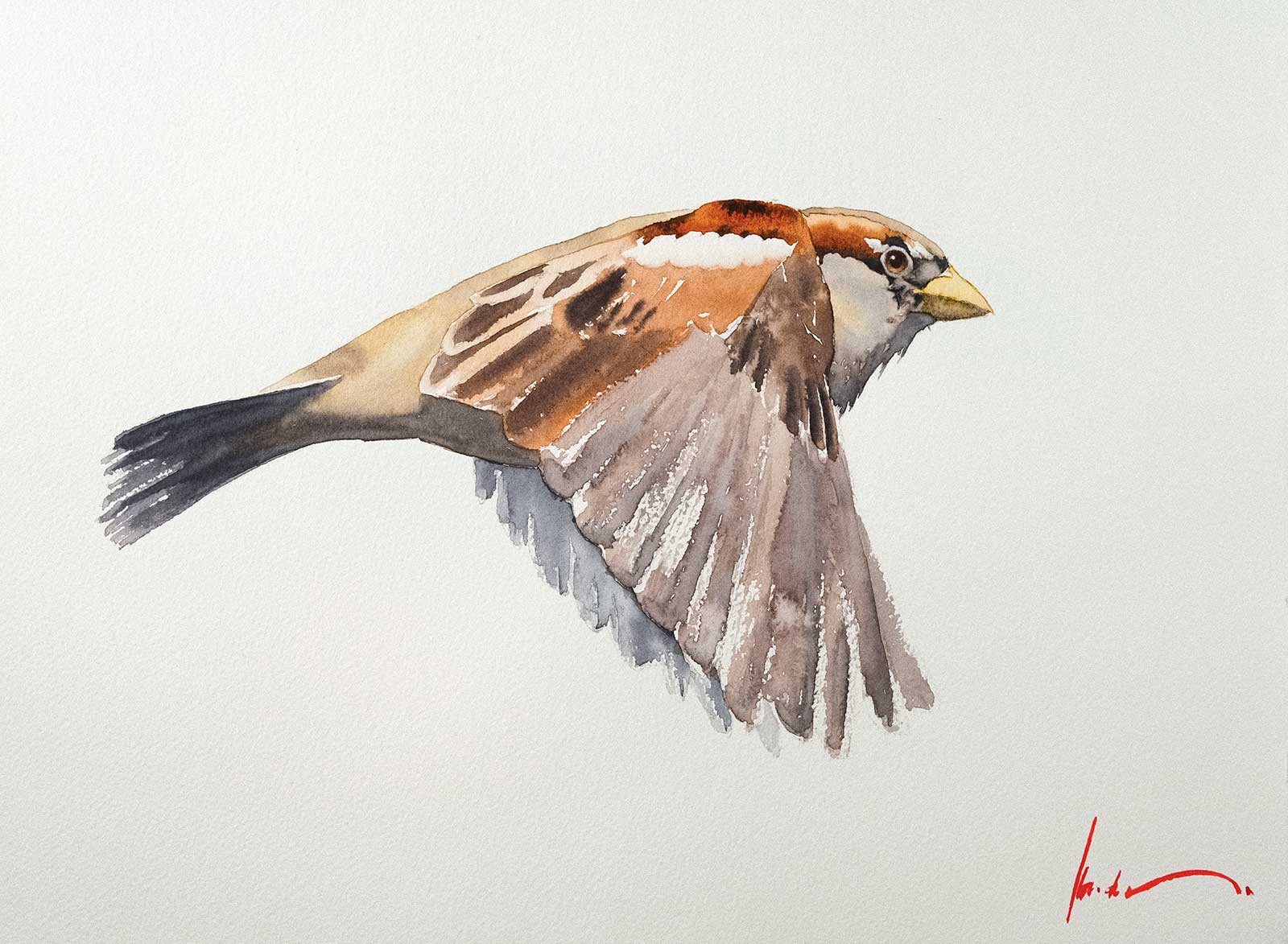
House Sparrow, watercolor, 11 x 15” (27 x 38 cm)
The creation of texture involves a sophisticated layering of multiple techniques. After the initial wet-in-wet layers have set, I introduce deliberate brushstrokes that suggest the natural grouping of feathers and establish vital contrast. These newly formed shapes undergo selective softening with a dampened brush; some edges remain crisp to suggest detailed structure, while others dissolve into existing washes, enhancing the bird’s three-dimensional form. For areas demanding absolute precision, such as eyes and beaks, I apply concentrated pigment with minimal water. These focal points are further refined through the introduction of pastel pencil, applied in gentle layers and carefully blended with a stumping tool. This additional medium introduces a distinctive velvety quality to the bird’s head, naturally drawing and holding the viewer’s gaze.
The artistry exists in maintaining a delicate equilibrium between spontaneous expression and anatomical accuracy. My current work-in-progress, depicting a great blue heron in flight, exemplifies this balance. I allow the wet-in-wet technique to suggest the bird’s overall form while carefully preserving the distinctive markings that characterize the species. The head receives more precise treatment, while the body emerges through looser brush strokes that convey a sense of movement and form without rigid constraints.

Northern Flicker, watercolor, 11 x 15” (27 x 38 cm)
This methodology creates an engaging visual tension between abstract and representational elements. The resulting artwork exists in a compelling duality, simultaneously serving as both a precise ornithological study and an expressive artistic interpretation that celebrates the interplay of form and color. Through this approach, each piece invites viewers to appreciate both the scientific accuracy and the artistic poetry inherent in avian subjects.
My Art in the Making Great Blue Heron, Iona Jetty
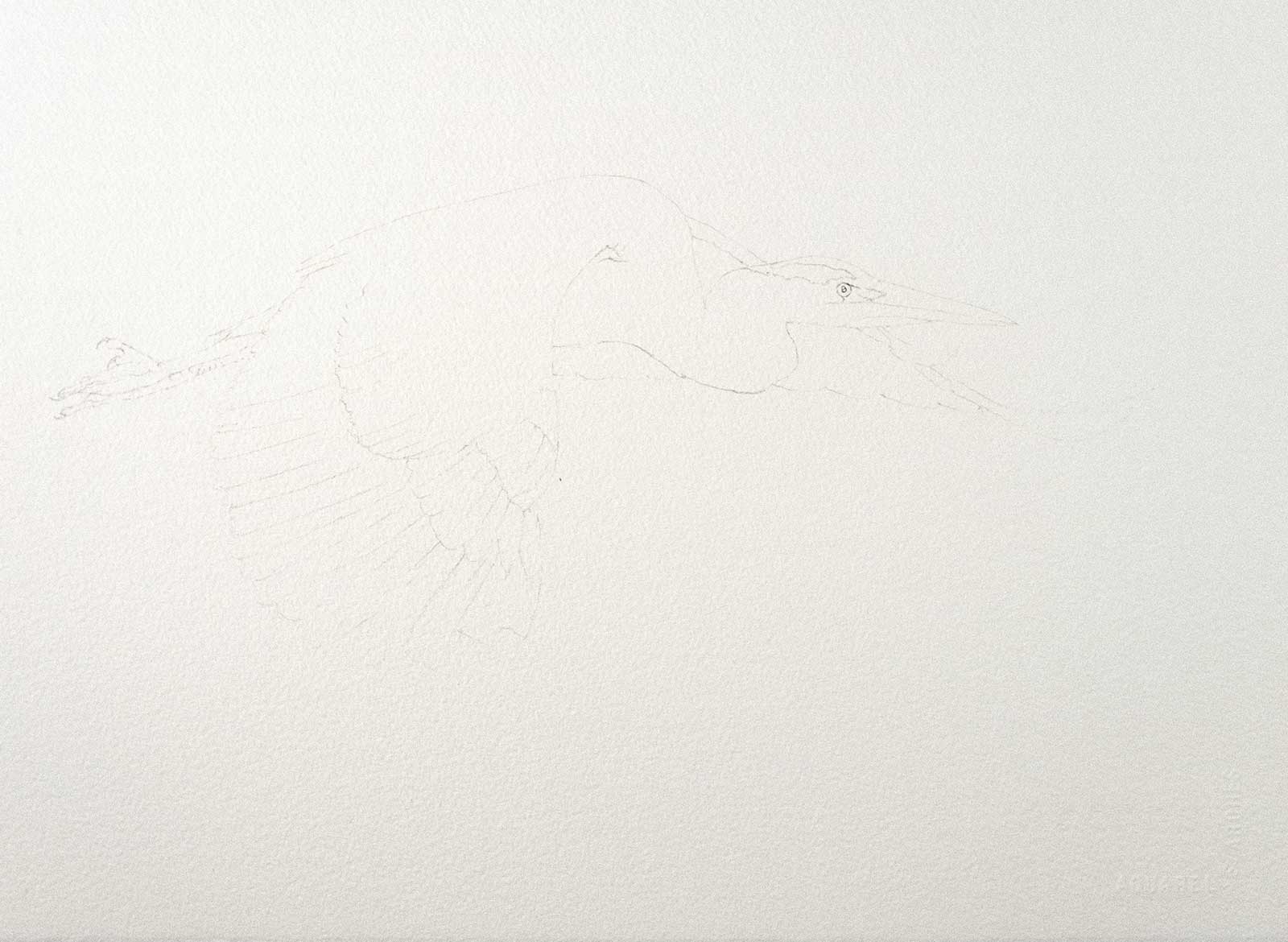 Stage 1
Stage 1Stage 1 Line Drawing
Initially sketched lightly with a 2B pencil, the lines are removed with a kneaded eraser and replaced with a burnt umber colored watercolor pencil. Only the lines forming the eye remain in graphite.
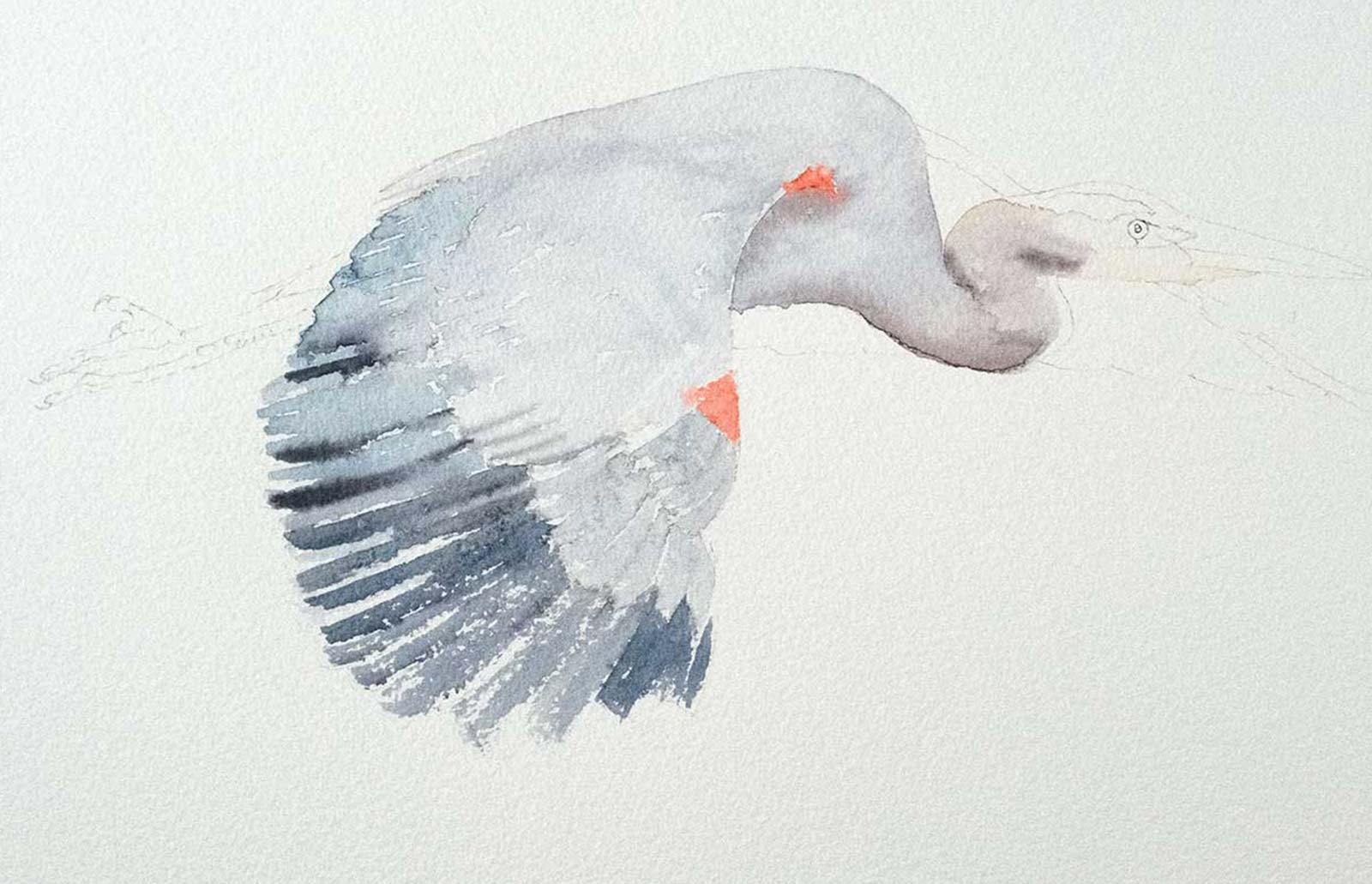 Stage 2
Stage 2Stage 2 Prepare Washes in Advance
I began by applying water to the areas of the head intended to remain white. I work a light wash of yellow ochre into this and then continue down the neck with a mixture of Joseph Z’s warm gray and imperial purple. Continuing into the heron’s back with a mixture of Joseph Z’s cool gray and phthalo blue (green shade) and then working down the wing, alternating between the previous mixture and an additional mixture of Joseph Z’s cool gray and ultramarine. A thicker mixture of the cool gray is added to the primaries while wet and a light wash of pyrrol scarlet is added into the wing for the heron’s markings. The entire wash is completed in one pass with an occasional pause to splatter water with a fan brush to create some texture.
 Stage 3
Stage 3Stage 3 Iris of the Eye
The iris is painted with a creamy mixture of new gamboge. This is then toned down with a little yellow ochre and diluted slightly to paint the feet. A light wash of Joseph Z’s warm gray is worked into the upper part of the legs while the wash is still wet. The underside of the rear wing is blocked in with a mixture of Joseph Z’s cool gray and ultramarine.
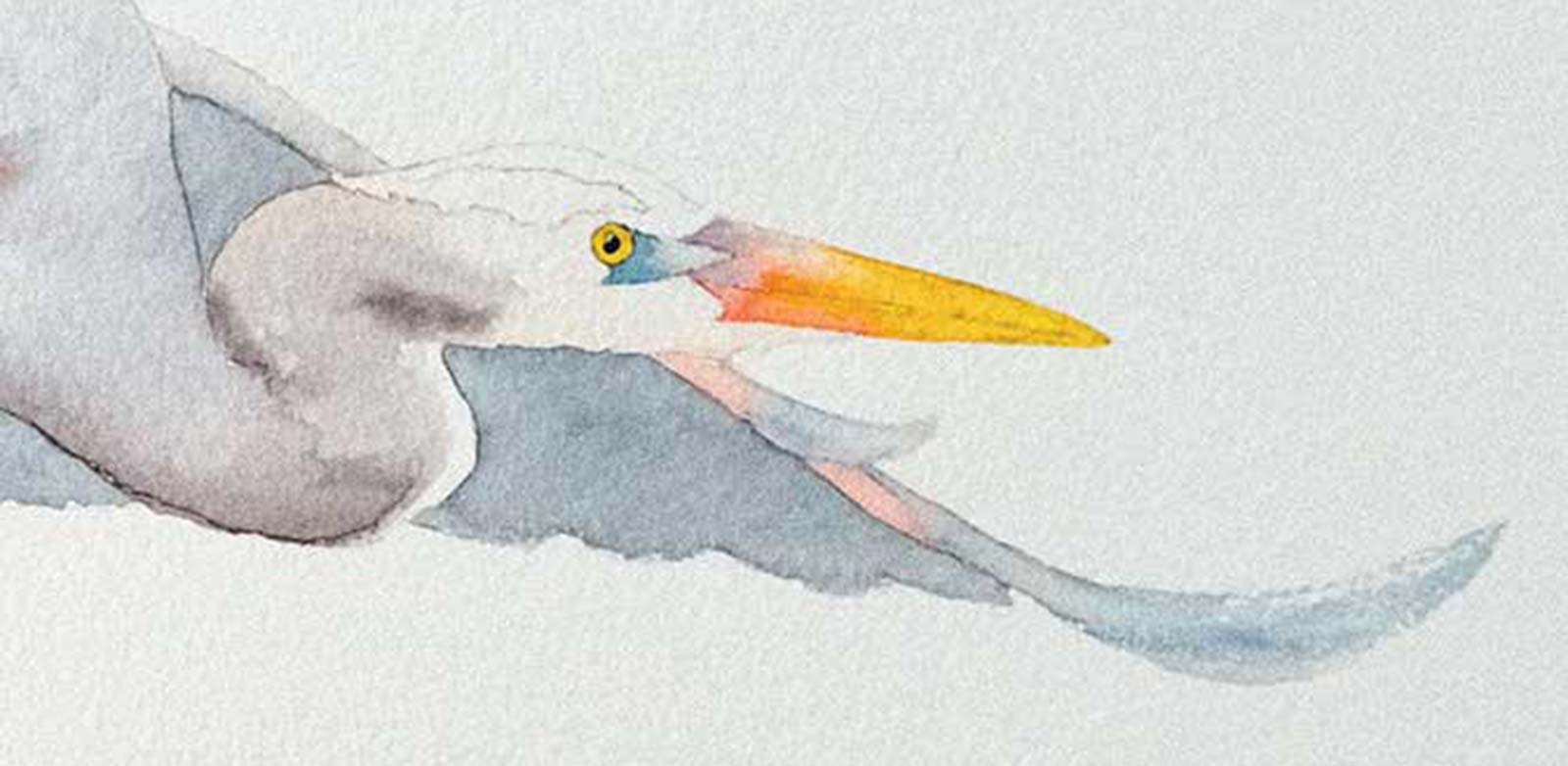 Stage 4
Stage 4Stage 4 The Beak
To paint the beak, a creamy mixture of new gamboge is applied first, working into permanent orange and pyrrol scarlet. Softening with a clean, damp brush towards the upper part of the bill, a mixture of imperial purple and cool gray is applied. Beneath the eye, a mixture of cool gray and phthalo blue is applied and softened with a clean, damp brush. The leading edge of the rear wing is painted using similar mixtures to the foreground wing. The pupil is painted with a small synthetic round using a very thick mixture of cool gray, appearing almost black.
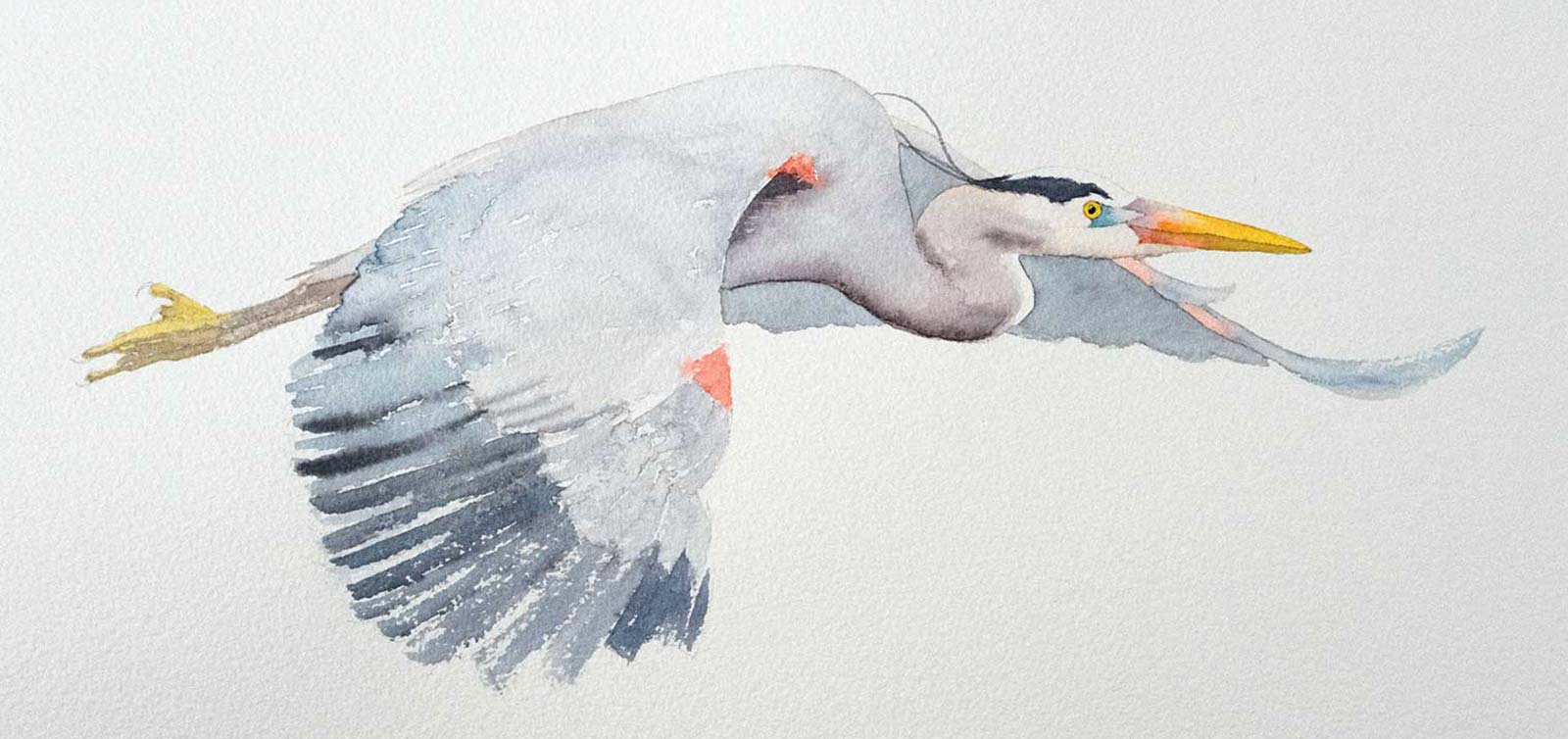 Stage 5
Stage 5Stage 5 Value Adjustments
After an initial lay in of cool gray mixed with ultramarine to add the marking over the eye toward the back of the head, it is time to make any needed value adjustments to the painting. The first one was using a thicker mixture of warm gray with imperial purple to enhance the form of the neck and the area just under the foreground wing. These small washes are applied quickly and then softened with a clean, damp brush. An additional pass of warm gray is added to the legs to create value.
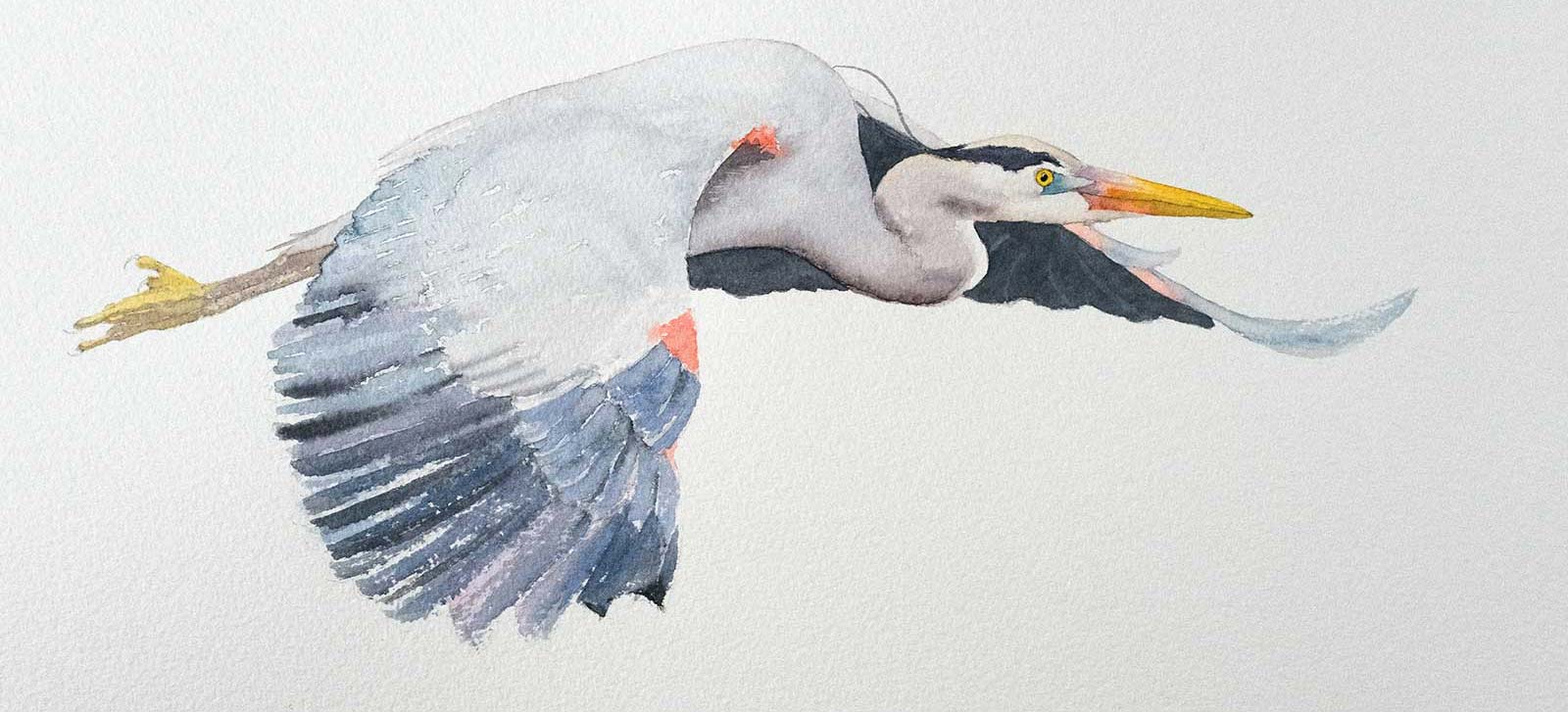 Stage 6
Stage 6Stage 6 Developing Texture and Details
The rear wing is darkened using a slightly thick mixture of the same paints previously used. While wet, a clean, damp brush is used to lift lines out of this wash to add texture while remaining soft. Portions of the wing are developed using the same mixture from earlier and introducing a little quinacridone magenta toned down with cool gray to play off other colors already present in the work.
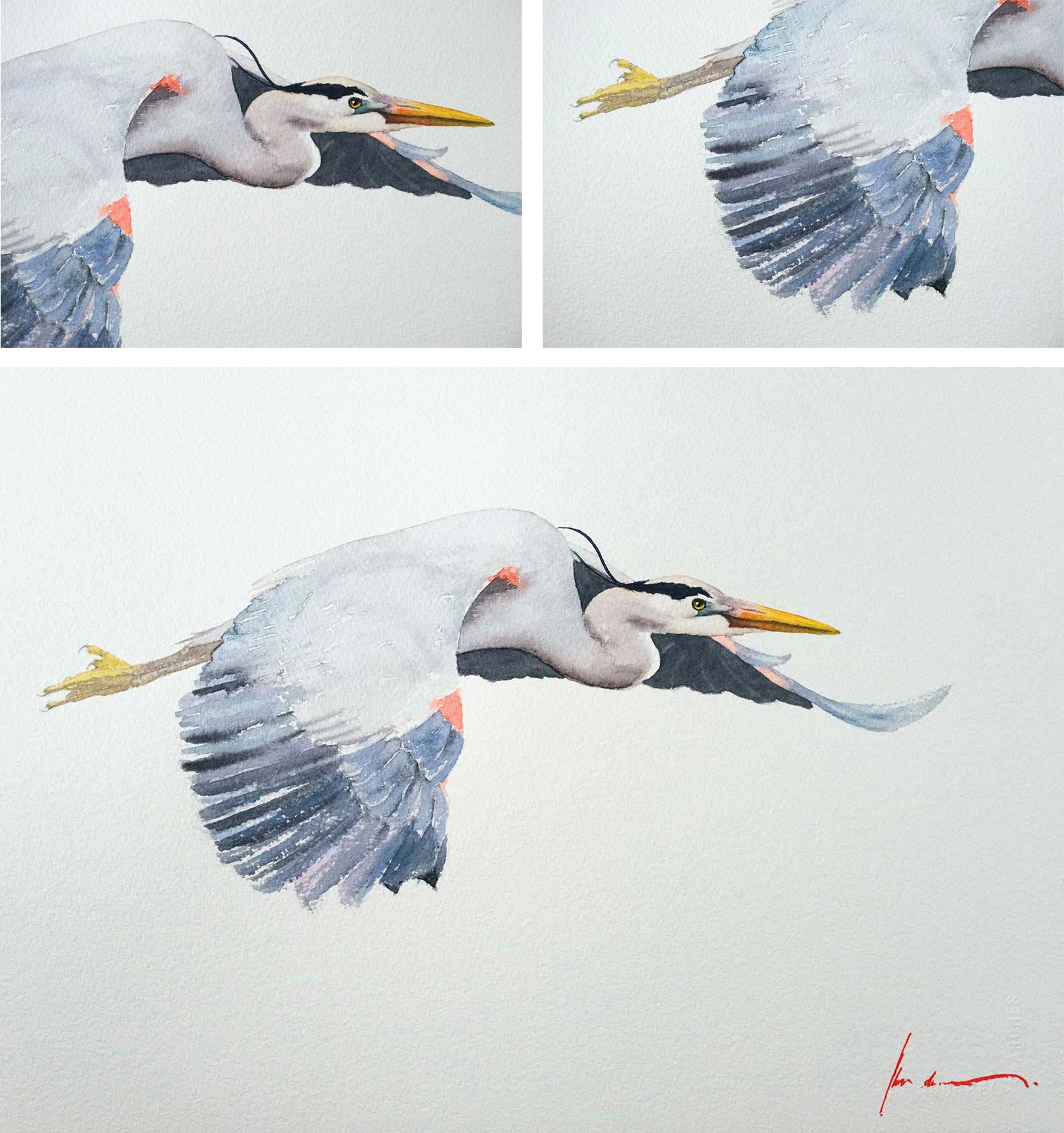 Stage 7
Stage 7Stage 7 Finished Artwork
Great Blue Heron, Iona Jetty, watercolor, 11 x 15” (27 x 38 cm)
Final touches are added beginning with a thicker mixture of the paints from Stage 5 to deepen the marking above the eye. Black pastel is lightly applied to the upper portion of the eye and into the lower mandible. The pastel is then softened using a small and medium blending stump until a smooth, velvety gradient is felt.
